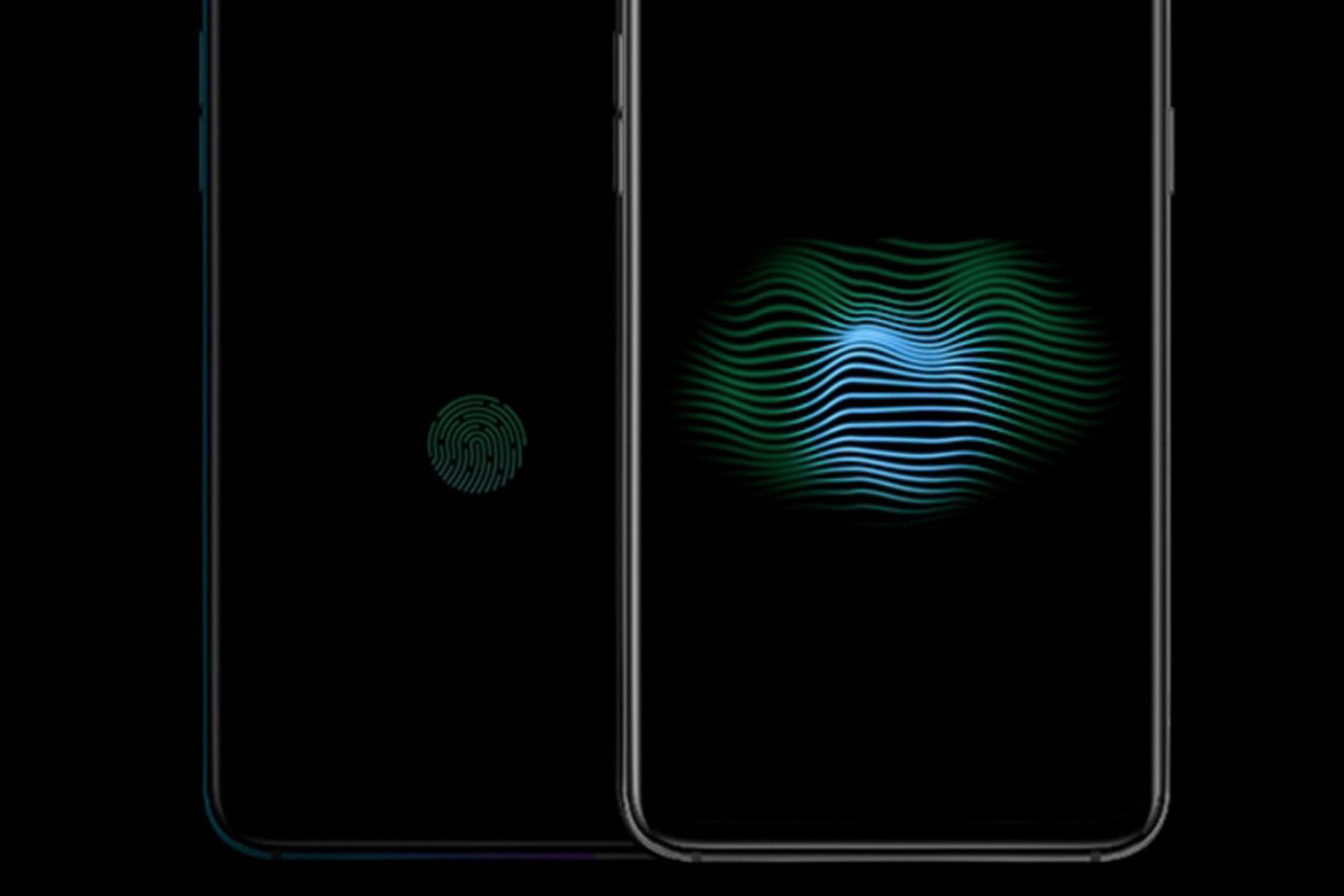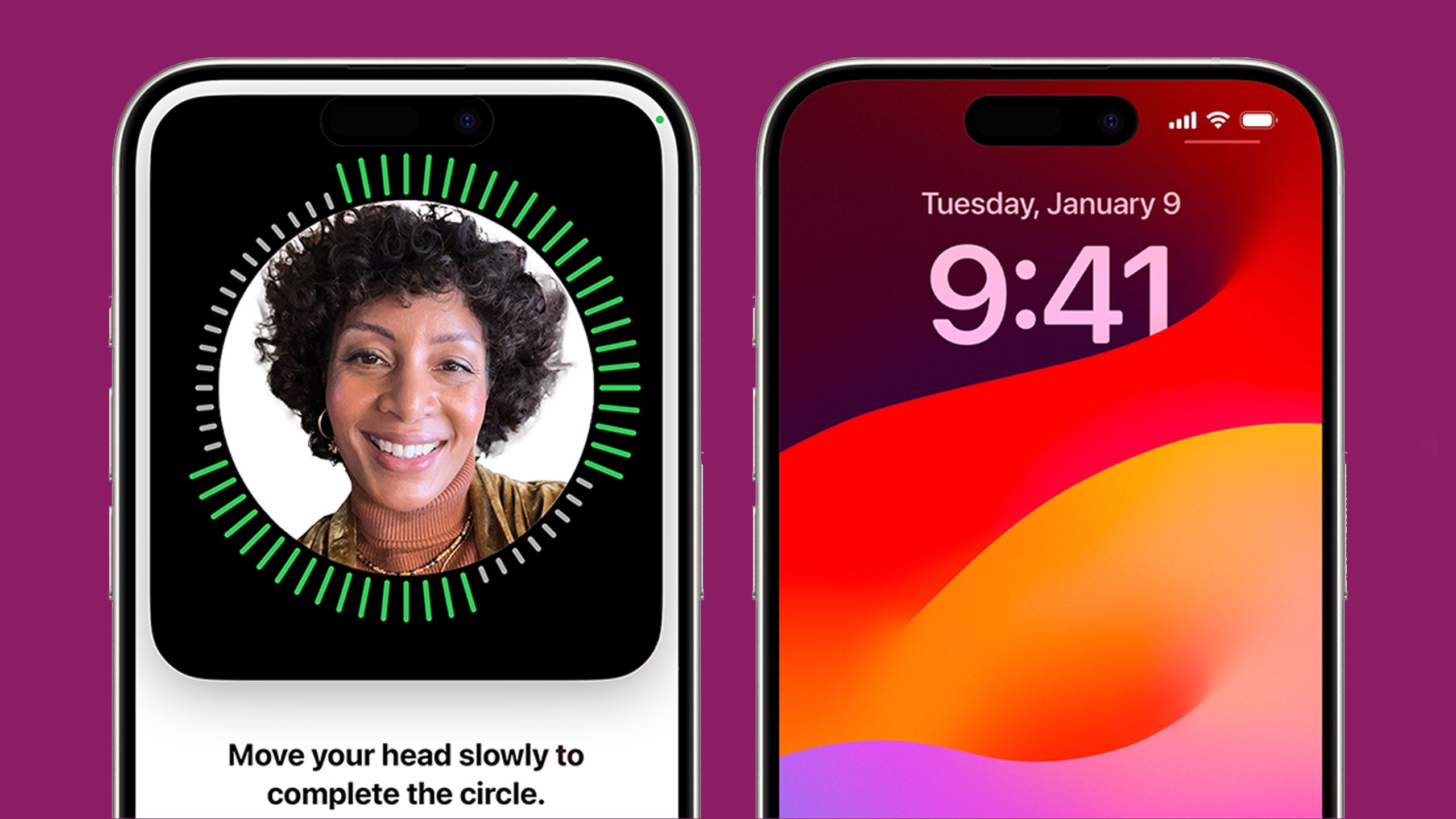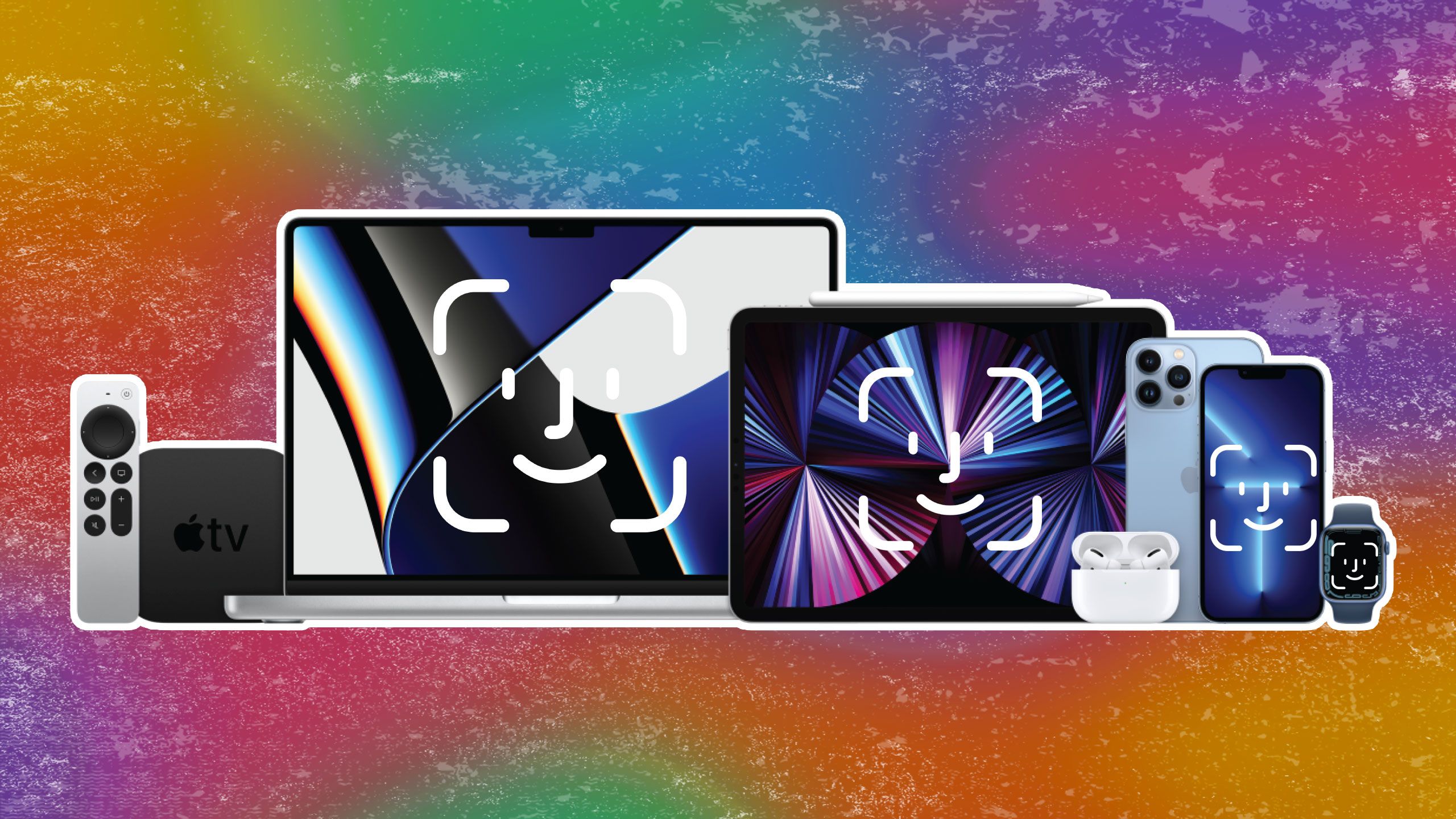Abstract
- Fingerprint sensors had existed properly earlier than the iPhone, but it surely was the 5S and its Contact ID system that catapulted the tech into the patron mainstream.
- Infamously, Apple axed Contact ID in favor of a facial biometric sytem, Face ID, when it launched the iPhone X.
- Speedy evolution in fingerprint sensing tech has made fingerprint recognition a staple of the Android scene — it is time for Apple to include this similar ultrasonic tech into its subsequent iPhone launch.
2013’s iPhone 5S was a milestone product release from Apple — the tech big’s then-latest handset not solely shipped with an industry-first within the type of 64-bit computing structure, but it surely additionally marked the introduction of the now-beloved Touch ID sensor.
After all, Contact ID was removed from the primary capacitive-style fingerprint reader to ship on a shopper tech gadget, but it surely holds the excellence of being properly carried out from the get-go (bear in mind the monstrosity that was the Samsung Galaxy S5‘s fingerprint sensor, anybody?)
With 2017’s iPhone X launch, Apple declared the way forward for biometric authentication to be one in every of facial recognition.
Throughout future generational releases of the iPhone, Apple continued to enhance on its Touch ID fingerprint sensing tech, till at some point, the corporate determined to pivot quick and arduous in a brand new route. With 2017’s iPhone X launch, Apple declared the way forward for biometric authentication to be one in every of facial recognition, versus the tried-and-true fingerprint studying system we had grown accustomed to on our handsets.
Associated
Under-display Face ID could be coming to the iPhone sooner than you think
Apple could also be near implementing Face ID beneath the iPhone’s show based mostly on a newly filed patent.
The place Face ID as soon as felt like the longer term, at present it feels passé
The iPhone gave delivery to Contact ID, and it is time for fingerprint sensing system to circle again house
Apple / Pocket-lint
For a time period, I used to be properly and actually a Face ID evangelist. Not like your typical fingerprint sensor, which requires a deliberate urgent of your fingertip onto a devoted sensor space, facial recognition supplies a near-frictionless consumer expertise.
Significantly up right here in Canada, the place gloves are a close to necessity through the winter months, the flexibility to unlock my gadget with out sacrificing extremity heat has been a perk value celebrating.
Then, in fact, the COVID-19 pandemic burst onto the world stage, and with it, the necessity to put on masks in lots of public settings. Attempt as Apple did to work around the inherent limitations of masked facial recognition, the added friction drove me to rethink my stance on the professionals and cons of different biometric options.
I started testing among the fingerprint sensors constructed into competing Android smartphones, and I quickly found that the tech had matured and develop into extremely dependable lately. Previously, I typically struggled with accuracy points on capacitive-based sensors, however trendy under-display readers pose no such points in my expertise.
Optical fingerprint sensors — and particularly their extra superior ultrasonic-based siblings — are quick, responsive, and correct.
Optical fingerprint sensors — and particularly their more advanced ultrasonic-based siblings — are quick, responsive, and correct. When counting on fingerprint recognition to unlock my Pixel 9 Pro, for instance, I discover myself by no means struggling to unlock the gadget. This consists of such cases as mendacity in mattress, watching a video from an ungainly angle, or sporting sun shades.

Associated
In-display fingerprint readers: How they work plus optical vs ultrasonic
They have been the mainstream for a couple of years now, however how do they work precisely?
After being hit with this ultrasonic actuality test, I now firmly consider the time is correct for Apple to re-implement fingerprint recognition on the subsequent iPhone. Beneath-display sensors present a wonderful consumer expertise, and it is one which would not compromise the clear and minimalistic aesthetic of the iPhone line, both.
…I would hope to see Apple implement each types of biometric authentication into the subsequent iPhone.
After all, I would not wish to sacrifice Face ID within the identify of a next-generation Contact ID; relatively, I would hope to see Apple implement each types of biometric safety into the subsequent iPhone. By doing so, advocates of each methods would have the ability to have their cake and eat it, which I consider is finally one of the best ways ahead with regard to consumer safety.
Trending Merchandise

Lenovo Newest 15.6″ Laptop, Intel Pentium 4-core Processor, 15.6″ FHD Anti-Glare Display, Ethernet Port, HDMI, USB-C, WiFi & Bluetooth, Webcam (Windows 11 Home, 40GB RAM | 1TB SSD)

Thermaltake V250 Motherboard Sync ARGB ATX Mid-Tower Chassis with 3 120mm 5V Addressable RGB Fan + 1 Black 120mm Rear Fan Pre-Installed CA-1Q5-00M1WN-00

Sceptre Curved 24-inch Gaming Monitor 1080p R1500 98% sRGB HDMI x2 VGA Build-in Speakers, VESA Wall Mount Machine Black (C248W-1920RN Series)

HP 27h Full HD Monitor – Diagonal – IPS Panel & 75Hz Refresh Fee – Clean Display – 3-Sided Micro-Edge Bezel – 100mm Top/Tilt Modify – Constructed-in Twin Audio system – for Hybrid Staff,black

Wi-fi Keyboard and Mouse Combo – Full-Sized Ergonomic Keyboard with Wrist Relaxation, Telephone Holder, Sleep Mode, Silent 2.4GHz Cordless Keyboard Mouse Combo for Laptop, Laptop computer, PC, Mac, Home windows -Trueque

ASUS 27 Inch Monitor – 1080P, IPS, Full HD, Frameless, 100Hz, 1ms, Adaptive-Sync, for Working and Gaming, Low Blue Light, Flicker Free, HDMI, VESA Mountable, Tilt – VA27EHF,Black











